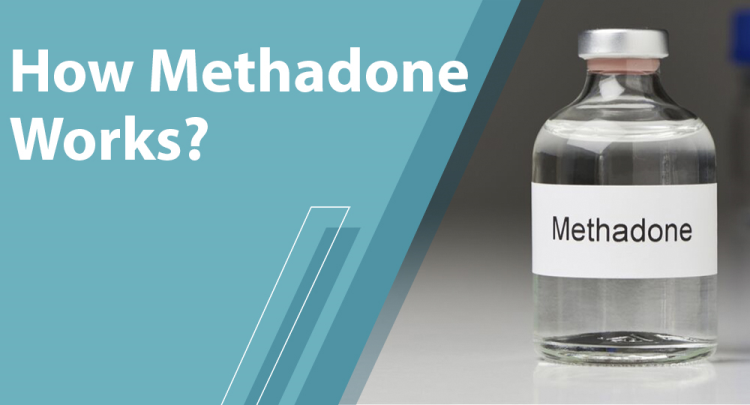
The number of people addicted to opioids has significantly increased in recent years with the opioid epidemic spreading across the country in a seemingly uncontrollable manner. However, addiction treatment centers and physicians have several therapies available for their patients, including some medication-based therapies that are approved by the Food and Drug Administration of the United States. One such option is methadone, which over 300,000 people in the U.S. now take every year for addictions. Methadone is frequently used because it has been evidenced to aid in the weaning off of addictive, illegal drugs. Also, methadone administration is prevalent in relapse prevention.
What is Methadone?
Methadone, a weak opioid, is an agonist that aids in the weaning off of stronger opioids, such as heroin, by reducing cravings. Unlike opiates, which come from opium in plants, methadone is a synthetic treatment option.
Methadone was first produced by German doctors in the 1940s for treating pain. While it certainly can be used for pain reduction, recent studies have shown that it has a higher likelihood of being abused when used for this purpose. On the other hand, when used for opioid addictions, it has shown itself to be quite useful.
For what is Methadone used?
Methadone is used as a single part of an effective opioid addiction treatment plan. It should not be used solely but should be part of a plan that includes nontherapeutic options, such as counseling. This increases the likelihood that treatment will be successful long-term and that the individual will not relapse.
Methadone administration is generally not considered a permanent, long-term treatment option, as serious physical issues, such as breathing problems, may ensue. For example, in women, menstruation and overall reproductive health may be adversely affected.
How does Methadone help?
When an individual takes methadone, normal functioning cognitive mechanisms may be altered, in the sense that pain is perceived differently. Therefore, a person’s response will differ from that of the mechanistic actions of opioids. In contrast to the immediate, pleasurable response within the brain’s limbic system that is modulated by drugs such as morphine, oxycodone, or heroin, methadone administration aids in decreasing those symptoms that are often part of opioid withdrawal.
Therefore, patients will not experience euphoria or cravings that they would normally have when not taking opioids. The methadone binds to specific postsynaptic receptors in the brain, outcompeting normal binding functionality.
How is Methadone given?
Methadone is solely prescribed by an approved physician and is a part of a complete rehabilitation program. Methadone varies in form, being administered as either a pill, wafer, or a liquid, tailored to the patient’s preferences and needs. To decrease the risk for methadone abuse, most doctors choose to give the drug daily to patients at a clinic or rehab center. Additionally, this helps promote accountability and ensures that the patient is no longer abusing other drugs.
How is Methadone dosed?
Methadone is nearly always given for a minimum of one year, and most people remain on this therapy for much longer than this. However, because of the addictive nature of methadone, the patient-provider relationship should be respected, prioritized, and upheld.
Most people will begin with a low dose of methadone. If one continues to have cravings or notices withdrawal symptoms, the doctor may gradually raise the daily dose until the patient reaches a homeostatic state.
All content found on the DrugHelpCenters.com Website, including: text, images, audio, or other formats were created for informational purposes only. If you think you may have a medical emergency, call your doctor, go to the emergency department, or call 911 immediately. DrugHelpCenters.com does not recommend or endorse any specific tests, physicians, products, procedures, opinions, or other information that may be mentioned on DrugHelpCenters.com.